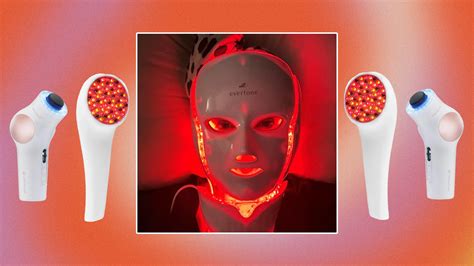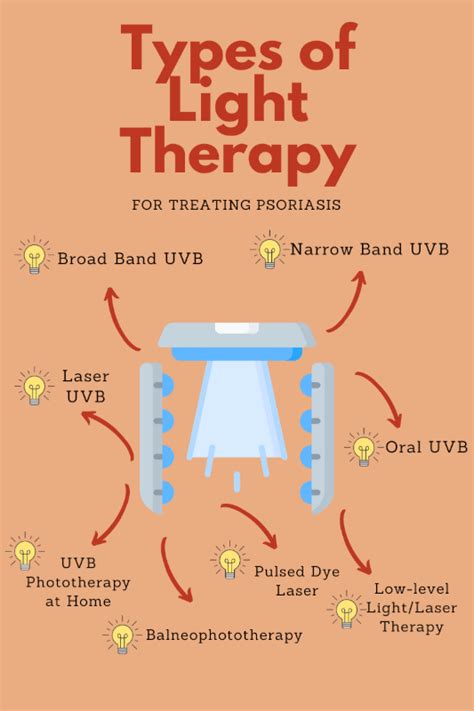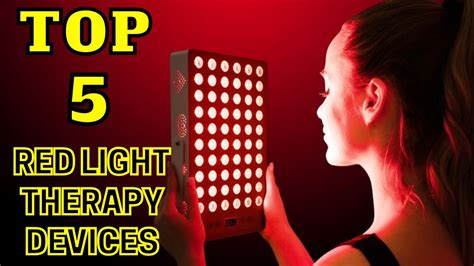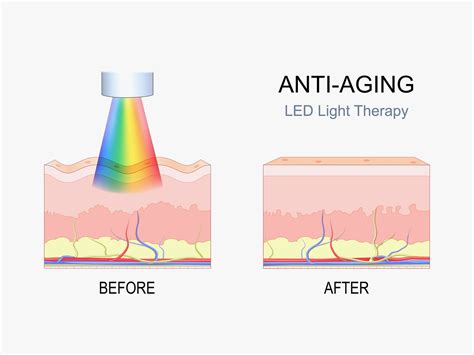Intro
Combat Seasonal Depression with Light Therapy, a natural treatment using bright light boxes to boost mood, energy, and mental health during winter months, alleviating symptoms of SAD and winter blues.
As the seasons change and the days get shorter, many people experience a type of depression known as seasonal affective disorder (SAD). This condition is characterized by feelings of sadness, lethargy, and social withdrawal, and it can be debilitating for those who suffer from it. However, there is hope for relief, and it comes in the form of light therapy. In this article, we will explore the benefits of light therapy for seasonal depression, how it works, and what you can do to start feeling better.
Seasonal depression, also known as winter depression, typically begins in the fall and continues into the winter months. It is thought to be caused by the reduced amount of sunlight during these seasons, which can disrupt the body's natural circadian rhythms. This disruption can lead to feelings of fatigue, lethargy, and depression. Light therapy, which involves exposure to a specialized light that mimics natural outdoor light, has been shown to be an effective treatment for seasonal depression. By using a light therapy box, individuals can help regulate their mood and reduce symptoms of SAD.
The benefits of light therapy for seasonal depression are numerous. Not only can it help improve mood and reduce symptoms of depression, but it can also increase energy levels and improve sleep quality. Additionally, light therapy is a non-invasive and relatively low-cost treatment option, making it accessible to many people. In contrast to medication, light therapy has few side effects and can be used in conjunction with other treatments. With its ease of use and effectiveness, it is no wonder that light therapy has become a popular treatment option for seasonal depression.
How Light Therapy Works

Benefits of Light Therapy
The benefits of light therapy for seasonal depression are numerous. Some of the most significant benefits include: * Improved mood: Light therapy has been shown to be effective in improving mood and reducing symptoms of depression. * Increased energy: Light therapy can help increase energy levels and reduce fatigue. * Improved sleep: Light therapy can help regulate the body's natural sleep-wake cycle, leading to improved sleep quality. * Low cost: Light therapy is a relatively low-cost treatment option, making it accessible to many people. * Few side effects: Light therapy has few side effects, making it a safe treatment option for many individuals.Types of Light Therapy

How to Choose a Light Therapy Box
When choosing a light therapy box, there are several factors to consider. Some of the most important factors include: * Intensity: The intensity of the light is measured in lux, and it is recommended that the light be at least 10,000 lux. * Spectrum: The spectrum of the light refers to the type of light that is emitted. Full-spectrum light is recommended, as it most closely mimics natural outdoor light. * Size: The size of the light box will depend on personal preference and the amount of space available. * Portability: Some light boxes are designed to be portable, making them easy to take on the go.Using Light Therapy Effectively

Tips for Getting the Most Out of Light Therapy
In addition to following the guidelines for using light therapy effectively, there are several tips that can help individuals get the most out of their treatment. Some of the most helpful tips include: * Start early: It is recommended that individuals start using light therapy as soon as symptoms of seasonal depression appear. * Be consistent: Consistency is key when it comes to light therapy, and using the light box at the same time every day can help regulate the body's natural circadian rhythms. * Combine with other treatments: Light therapy can be used in conjunction with other treatments, such as medication and therapy.Common Misconceptions About Light Therapy

Debunking the Myths
In addition to addressing common misconceptions, it is also important to debunk the myths surrounding light therapy. Some of the most common myths include: * Light therapy is a cure-all: While light therapy can be an effective treatment for seasonal depression, it is not a cure-all and may need to be used in conjunction with other treatments. * Light therapy is only for individuals with seasonal depression: Light therapy can be used to treat other types of depression, including non-seasonal depression.Conclusion and Next Steps

What is seasonal affective disorder (SAD)?
+Seasonal affective disorder (SAD) is a type of depression that occurs during the winter months when there is less sunlight. It is characterized by feelings of sadness, lethargy, and social withdrawal.
How does light therapy work?
+Light therapy works by exposing the individual to a specialized light that mimics natural outdoor light. This light stimulates the brain's production of serotonin, a neurotransmitter that helps regulate mood.
What are the benefits of light therapy?
+The benefits of light therapy include improved mood, increased energy, and improved sleep quality. It is also a relatively low-cost and non-invasive treatment option with few side effects.
We hope this article has provided you with a comprehensive understanding of light therapy and its benefits for seasonal depression. If you have any questions or comments, please don't hesitate to reach out. Share this article with someone you know who may be struggling with seasonal depression, and let's work together to raise awareness and promote mental health.
